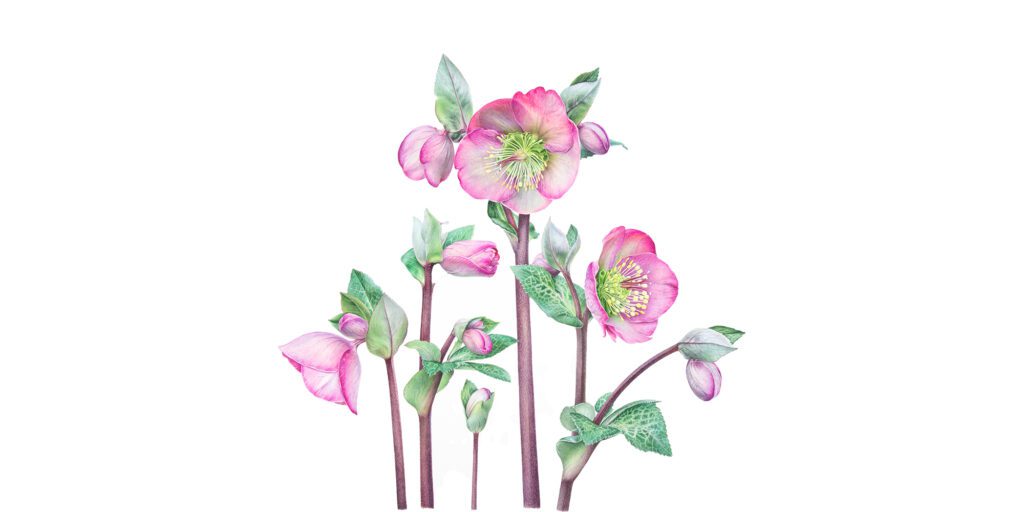This global reach is strengthened by a tight-knit, supportive network of botanical artists who often mentor one another and collaborate, leading to a rich exchange of techniques and ideas that keeps the botanical art form alive and evolving.
A significant partner in the exhibition’s development has been the American Society of Botanical Artists (ASBA), a professional organization founded in collaboration with a former Hunt curator. The ASBA, which celebrates its 30th anniversary this year, holds its annual conference in Pittsburgh to coincide with the opening of the Hunt Institute’s exhibition, creating a space for artists to connect, attend workshops and celebrate their craft.
“Botanical art can be traced back through the history of science, where woodblock prints and engravings provided a way to identify plants in the field, particularly for medicinal and culinary uses,” said Roy. “However, these early illustrations were often reproduced over time, leading to inaccuracies — sometimes the same illustration was used to represent entirely different plants across multiple publications.”
As European expeditions brought back plants from around the world, botanical illustration became increasingly important in cataloging these new discoveries. And by the mid-20th century, botanical art began to break free from its purely scientific origins, with artists starting to create works that were not only scientifically accurate but also celebrated the beauty of nature.

